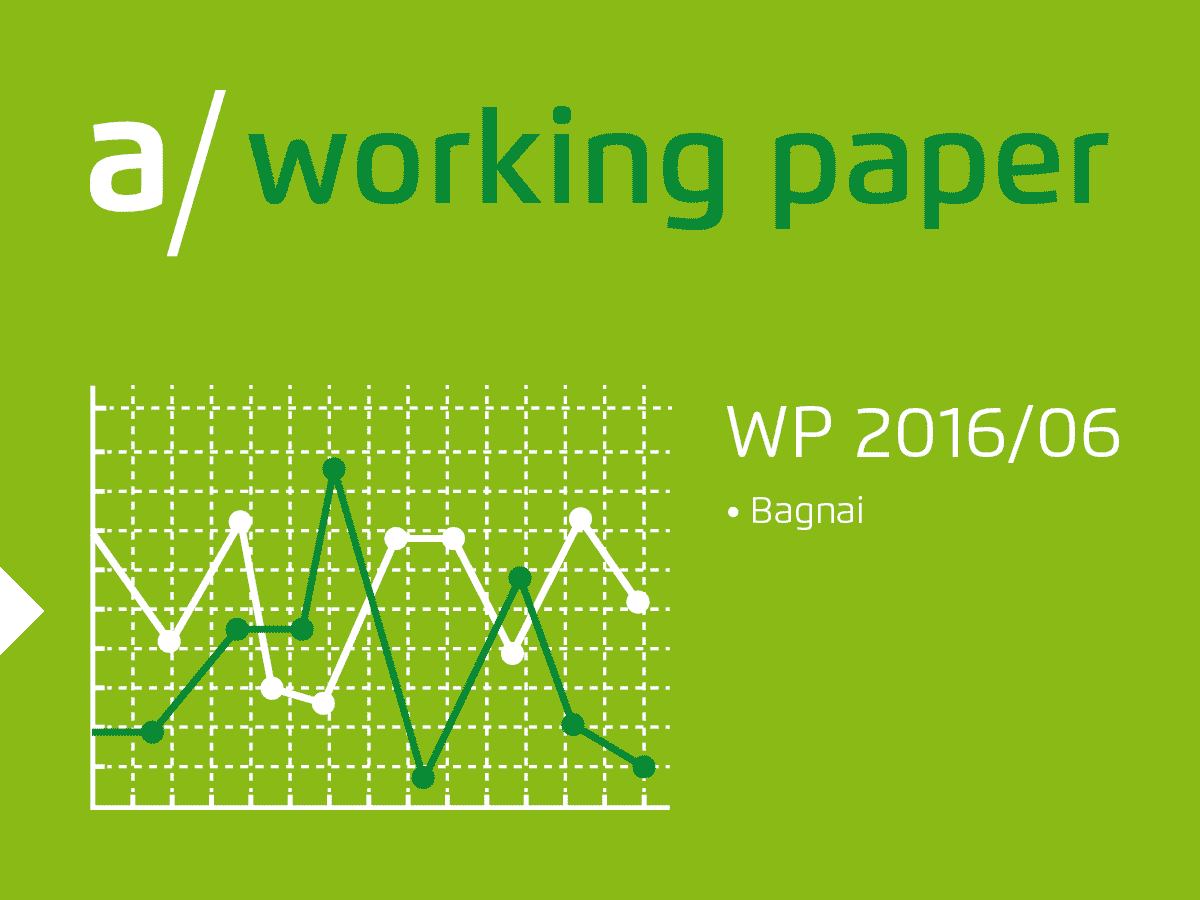According to the literature, the decline experienced by the Italian economy in the last two decades depends on a slowdown of its labor productivity, starting in the Nineties. The supply-side explanations of this slowdown are inconsistent with the major stylized facts. In this paper, we verify whether a better explanation is provided by the effect of a negative demand shock, through Italy’s external constraints, in the framework of Kaldor-Dixon-Thirlwall cumulative growth model. To this end, we use a multi-country generalization of Thirlwall’s balance-of-payments-constrained growth model, which allows us to investigate the contribution of Italy’s main trade partners to Italy’s long-run growth from 1970 to 2010. The trade partners are disaggregated into seven groups: Eurozone core, Eurozone periphery, United States, other European countries, OPEC countries, BRIC, and the rest of the world. The results show that Italy’s long-run growth has been consistent with the Bop-constraint, that its decline can be explained by a progressive tightening of this constraint, that the sudden slowdown of labor productivity in the Nineties corresponds with a major shock on Italy’s external constraint, and that the major contributions to this shock came, through different channels of transmission, from the core Eurozone countries and from OPEC countries.
WP 2016/06: Italy’s Decline and the Balance-of-Payments Constraint: a Multicountry Analysis

16 December 2016
- Authors
- Alberto Bagnai Università degli Studi "Gabriele d'Annunzio" di Chieti e Pescara
- Keywords
- General aggregative model: post-Keynesian; Economic growth of op economies; Development planning and policy: trade policy; foreign exchange policy.
- JEL Codes
- E120, F430, O240

